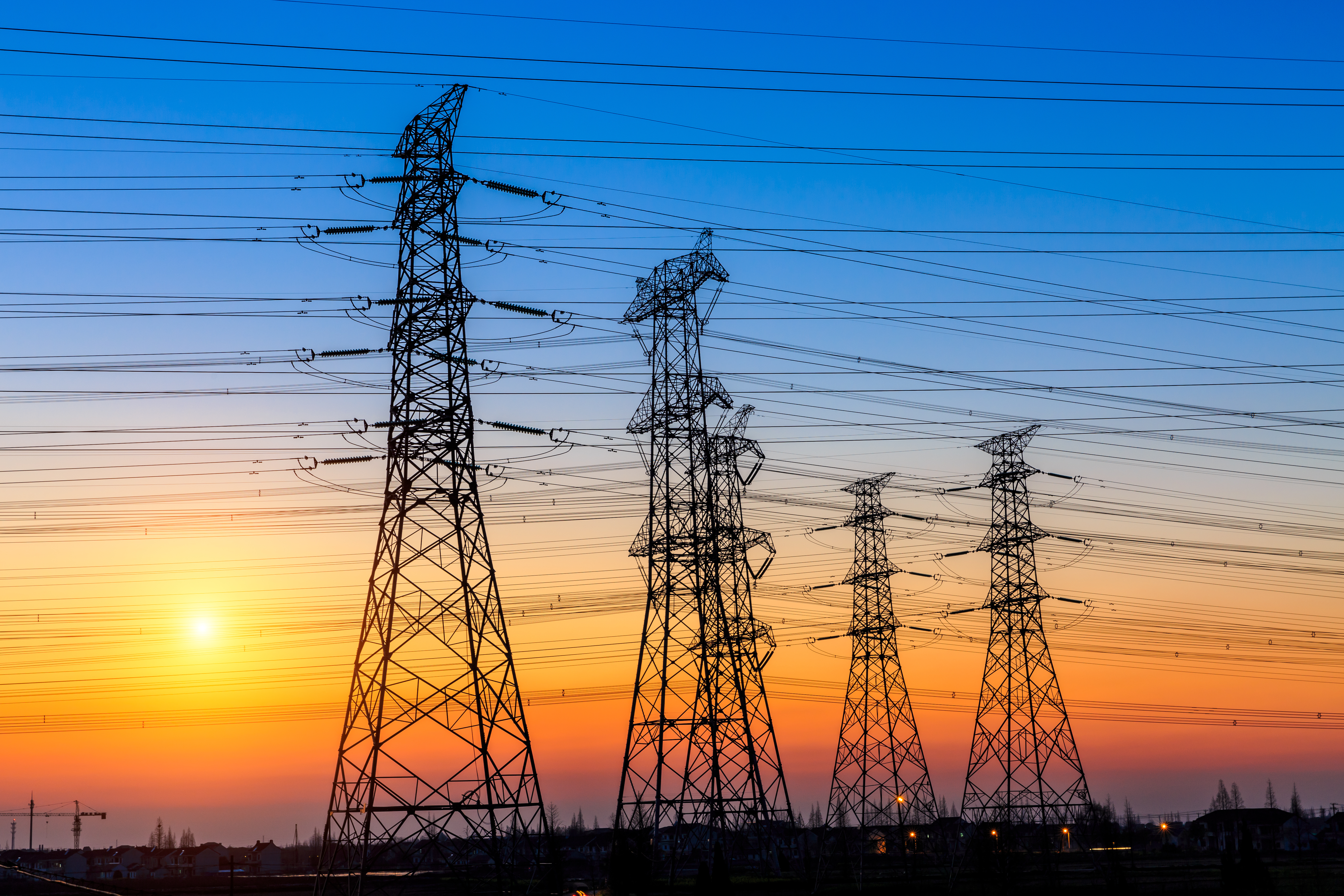FUNDAMENTALS OF POWER FACTOR CORRECTION
FUNDAMENTALS OF POWER FACTOR CORRECTION
One of the most important and yet least understood subjects in the field of transmission and distribution of electrical energy is that of Power Factor Correction and Reactive Power compensation. Through a series of informative articles, we shall shed light on the various critical aspects of power factor correction.
WHAT IS POWER FACTOR OF AN ELECTRICAL DISTRIBUTION NETWORK?
Electrical loads that are part of a Distribution network consume power in order to carry out their functions. Most loads such as transformers, motors, chokes, arc generators etc. work with magnetic fields are classified as inductive loads. The power consumed by these loads can be categorized into active and reactive power. Reactive power is the electrical energy used to build the magnetic field in the inductive loads.
For purely resistive loads, the voltage supplied by source and the current flowing are sinusoidal in phase and the power transferred is purely active. If the load is purely reactive, then the voltage and current are in quadrature i.e. 90 degrees out of phase, and therefore the power transferred is purely reactive. Most loads are a combination of resistive and inductive loads, and hence the current lags the voltage.
The Vector Diagram above (exhibit 1) explains the lag between active and reactive current.
The Vector Diagram above (exhibit 2) shown above describes the power drawn.
Apparent power per phase: S = V * I in kVA OR S = √3 * V * I for a 3-phase network
Active power per phase: P = V * Ia in kW OR P = √3 * V * I * cos Φ for a 3-phase network
Reactive Power per phase: Q = V * Ir in kVAR OR Q = √3 * V * I * sin Φ for a 3-phase network
The phase angle Φ, describes the lagging nature of the load and is commonly referred to as the power factor angle. Cos Φ is known as the power factor of the system.
WHY IS POWER FACTOR COMPENSATION REQUIRED?
The diagrams above describe the power transfer within a network without any reactive power compensation and the lag between voltage and current in the system. As a result of the lag, the system is subjected to power loss in the network, higher transformer losses, increased voltage drop in the power distribution, higher energy consumption costs and ultimately lesser active power distribution via the network.








